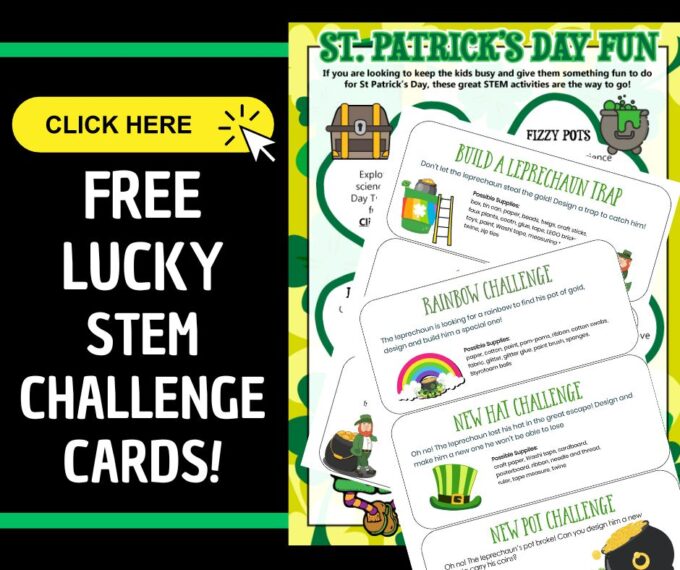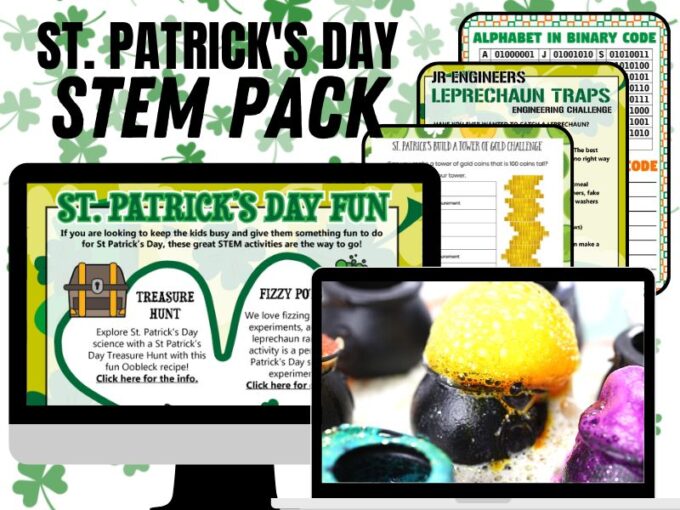Introduce your little leprechauns to a simple and fun physics activity using these cute Lucky Charms at the same time! Launching objects into the air makes kids laugh, and some adults too! Squeals of delight as things fly across the room, what could be better? Learn how to make a Popsicle Stick Catapult for a fun St Patrick’s Day STEM activity!
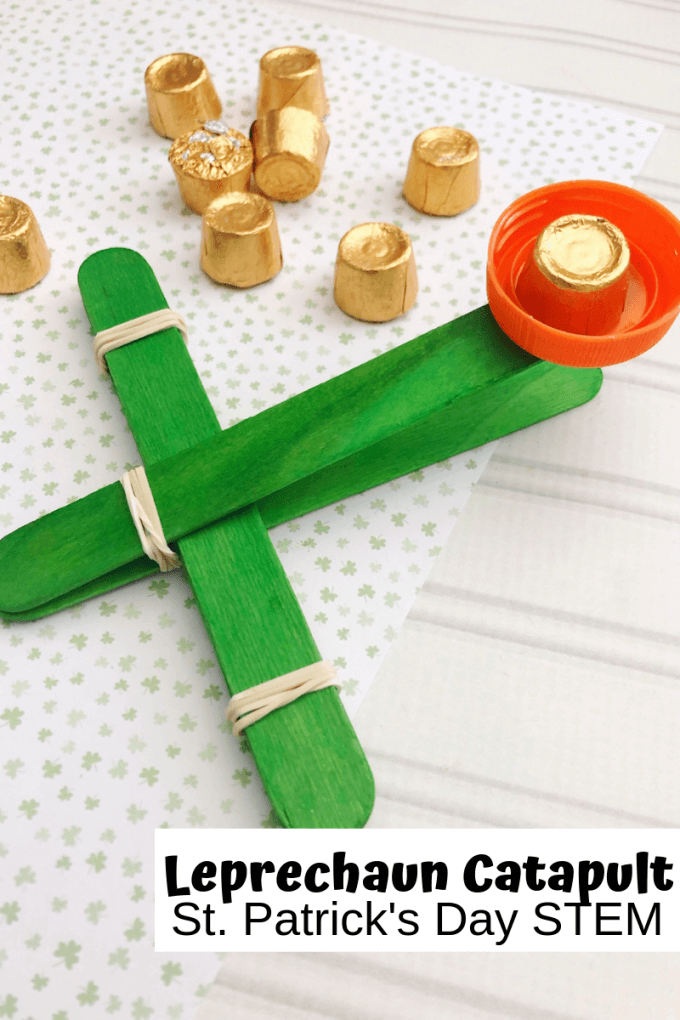
Build A Catapult For St Patrick’s Day STEM
Get ready to add this simple physics activity, building a Popsicle Stick Catapult to your STEM lesson plans this season. If you want to learn about Newton’s 3 laws of Motion, let’s dig in! While you’re at it, make sure to check out these other fun St Patrick’s Day STEM activities.
Our science activities and experiments are designed with you, the parent or teacher, in mind! Easy to set up and quick to do, most activities will take only 15 to 30 minutes to complete and are fun! Plus, our supplies lists usually contain only free or cheap materials you can source from home!
We love to make catapults for all the holidays and seasons. We have tried Easter Egg Catapults and Lego Catapults, too! Learn how physics works to make objects fly!
How To Make A Popsicle Stick Catapult
Let’s learn how to make a St. Patrick’s Day catapult! Head to the craft closet or the junk drawer and be amazed at what you can turn your simple supplies into! Get ready for the giggles; they’re coming soon!
This catapult construction activity asks the question: How do levers work and what happens to that energy?
Supplies:
- 10 Jumbo green craft sticks for each catapult
- Gold candy/Lucky Charms
- Rubber bands
- Bottle cap lid
- Hot glue/hot glue gun/sticky tape
- Scissors/knife
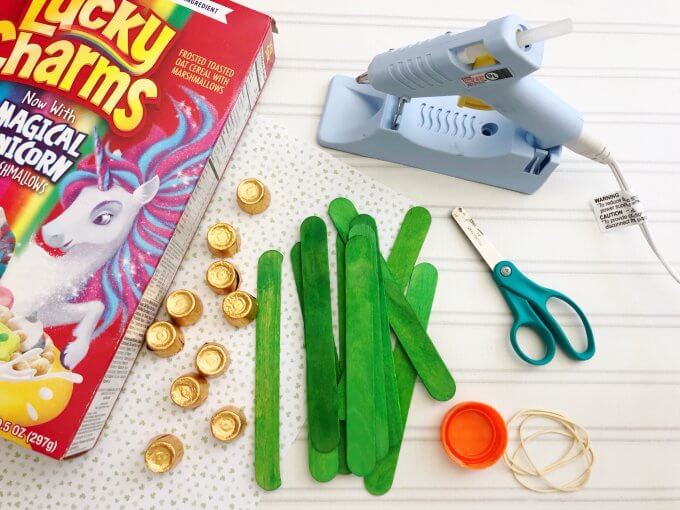
Instructions:
STEP 1: Start by asking kids to make predictions. Which object do they think will fly the farthest? Why do they think one will fly farther than the other?
STEP 2: Hand out supplies to each individual or in small groups, and build a Popsicle stick catapult following the instructions below.
Read more about the science behind the catapult and simple ways to create a catapult science experiment below!
- You will want to use a pair of scissors to make two v notches on either side of two jumbo craft or Popsicle sticks (in the same place on both sticks). Use the photo below as a guide for where to make your notches.
Adults: This is a great step to prep ahead of time if you are making these popsicle stick catapults with a large group of kids.

- Once you have made your notches in two of the sticks, set them aside!
- Take the remaining 8 craft sticks and stack them one on top of the other. Wind a rubber band tightly around each end of the stack.
- Go ahead and push on of the notched sticks through the stack under the top stick of the stack. Make sure to watch the video again to see this done.

- At this point flip your partially made popsicle stick catapult over so that the stick you just pushed in is on the bottom of the stack.
- Lay the second notched stick on top of the stack and secure the two popsicle sticks together with a rubber band as shown below. The V notches that you cut help to keep the rubber band in place.
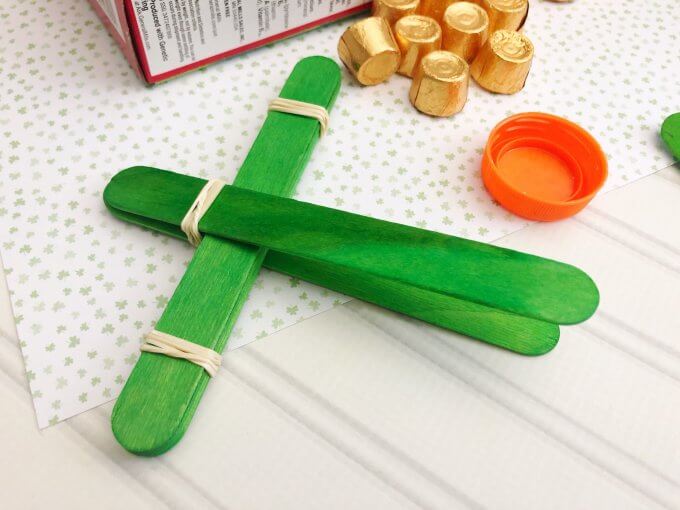

- Create more leverage with your catapult by pushing the stack of popsicle sticks towards the notched ends connected by the rubber band. Read about the science behind this below!
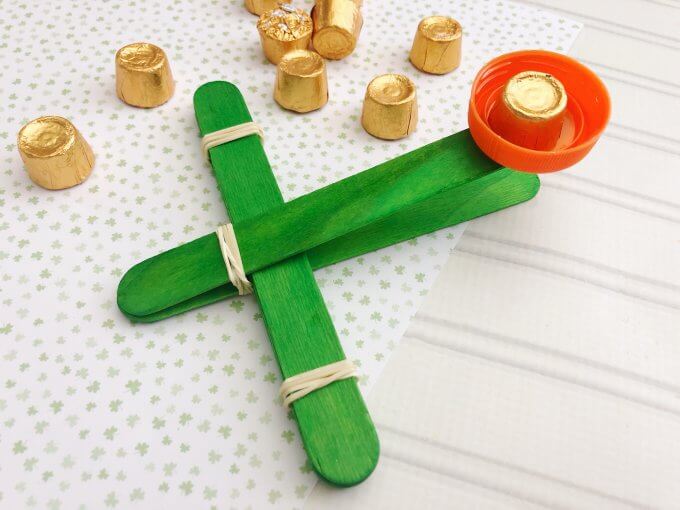
STEP 3: Test and measure how far each item goes when flung from the catapult. Record results.
VARIATION: You can also make a popsicle stick catapult with a spoon which is especially great for holding objects like plastic Easter eggs or fake eyeballs. Check out two ways to place the spoon below!
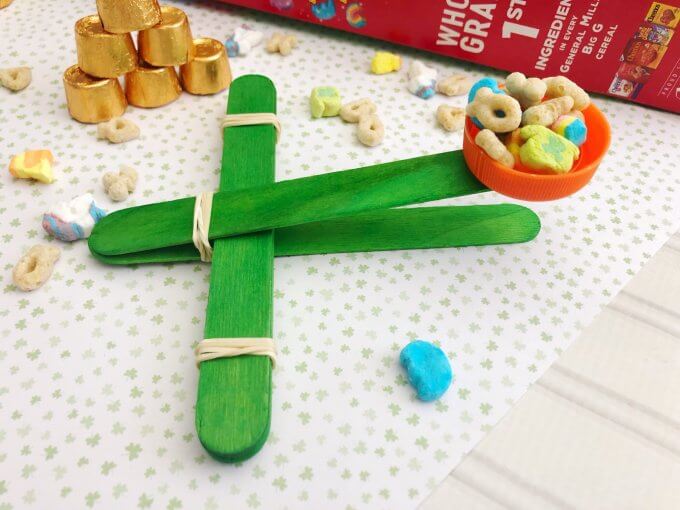
Simple Questions To Ask
Looking for more questions, grab our free printable and learn more about STEM Questions for Reflection.
- What happens when you push the lever down and release it? (OBSERVATION)
- When did the candy fly the farthest? (EXPLANATION)
- Can you imagine any everyday examples of how a catapult would be helpful? How about a lever arm? How about a see-saw on the playground? (APPLICATION)
How Does A Catapult Work?
This is a great simple physics activity for kids of multiple ages. What is there to explore that has to do with physics? Let’s start with energy including elastic potential energy. You can also learn about projectile motion.
Newton’s 3 Laws of Motion state that an object at rest stays at rest until a force is applied, and an object stays in motion until something creates an imbalance. Every action causes a reaction.
When you pull down the lever arm all that potential energy gets stored up! Release it and that potential energy gradually changes over to kinetic energy. Gravity also does its part as it pulls the object back down to the ground.
Learn more about potential and kinetic energy.
You can talk about stored energy or potential elastic energy as you pull back on the Popsicle stick, bending it. When you release the stick, all that potential energy is released into energy in motion producing the projectile motion.
A catapult is a simple machine that has been around for ages. Have your kids dig up a little history and research when the first catapults were invented and used! Hint; check out the 17th century!
More Catapult Design Ideas
Explore physics and how catapults work with other catapult construction ideas including:
- LEGO Catapult
- Marshmallow Catapult.
- Pencil Catapult for great STEM with a handful of school supplies.
- Spoon catapult with great firing power!
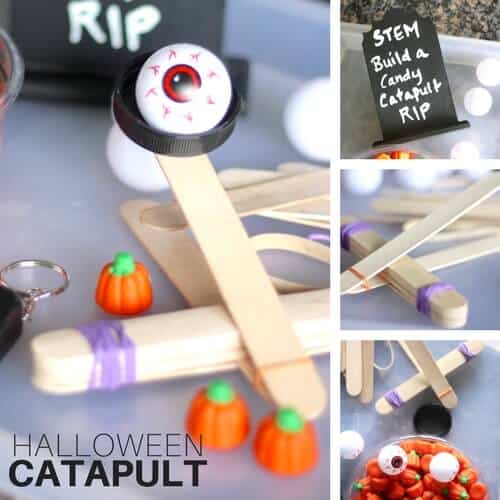

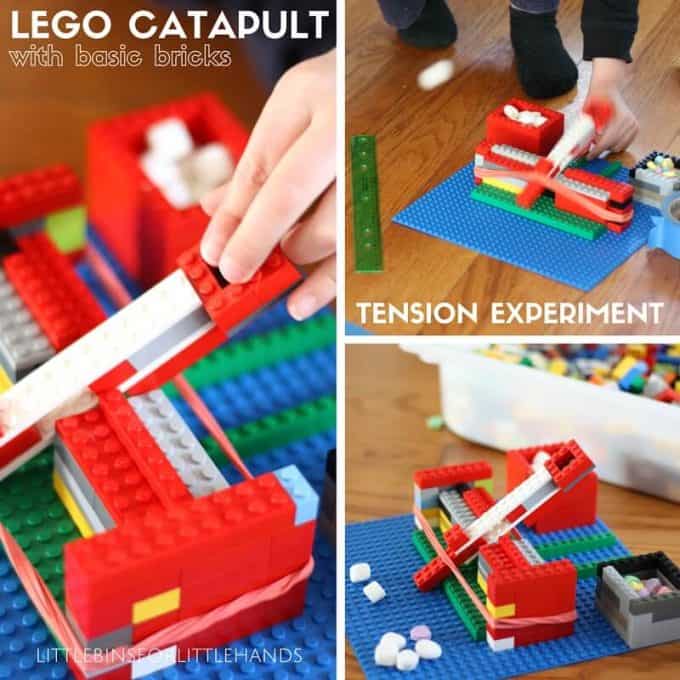
Free Printable St Patrick’s Day STEM Cards
Check out more awesome St Patrick’s Day STEM ideas…
- Easy Leprechaun Trap Ideas
- St Patrick’s Day Math Worksheets
- Leprechaun Trap Kits
- St Patrick’s Day Green Slime Recipe
- How To Make Rainbow Slime
- Leprechaun Trap Mini Garden Activity
- St Patrick’s Day Fizzy Pots Activity
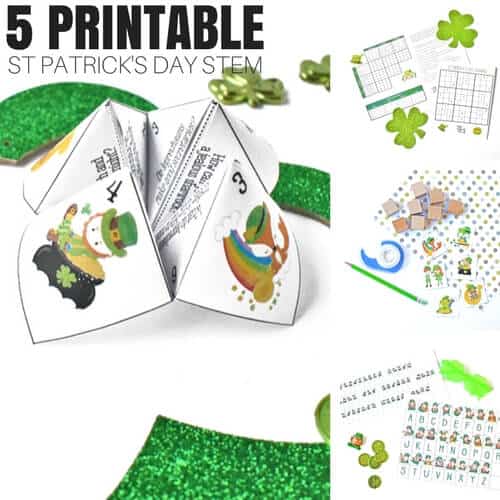

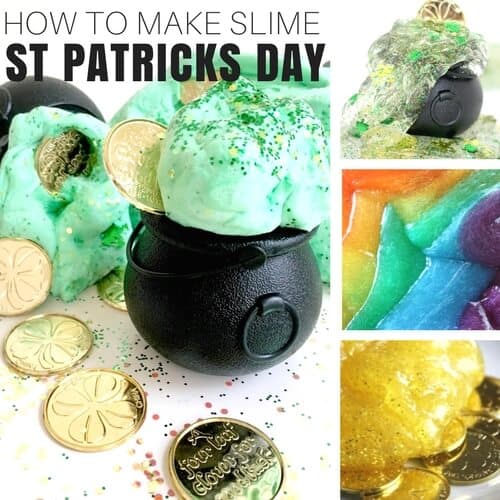
Printable St Patrick’s Day STEM Pack
Get ready to catch a Leprechaun, explore fizzy pots, and dig for gold coin oobleck all while exploring simple science and engineering design process with the St Patrick’s Day STEM Pack!
Over 100 pages of easy to use STEM activities that will make your prep and planning time a cinch! Cheap supplies, easy to set up and clean up, and full of hands-on fun!
- 25+ St. Patrick’s Day science activities and STEM projects kids that are easy to set up and fit into the time you have available even if it’s limited!
- Printable leprechaun theme STEM activities that are simple but engaging for home or classroom. Perfect for K-2 and beyond but easily adaptable to many skill levels.


